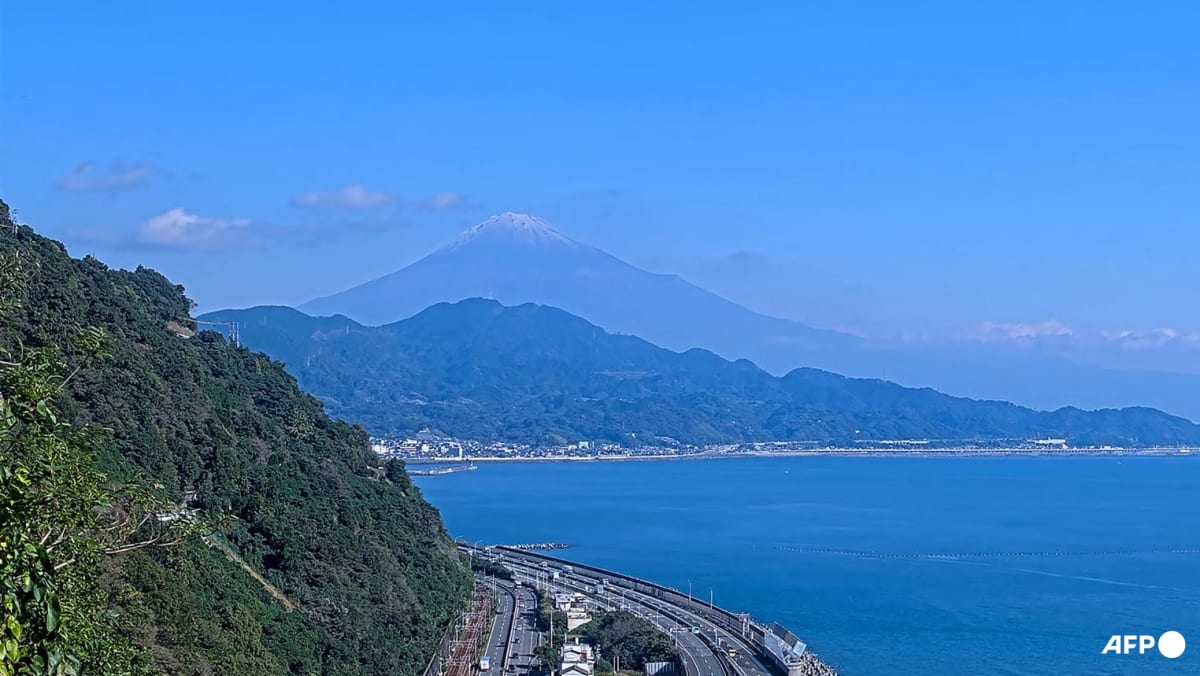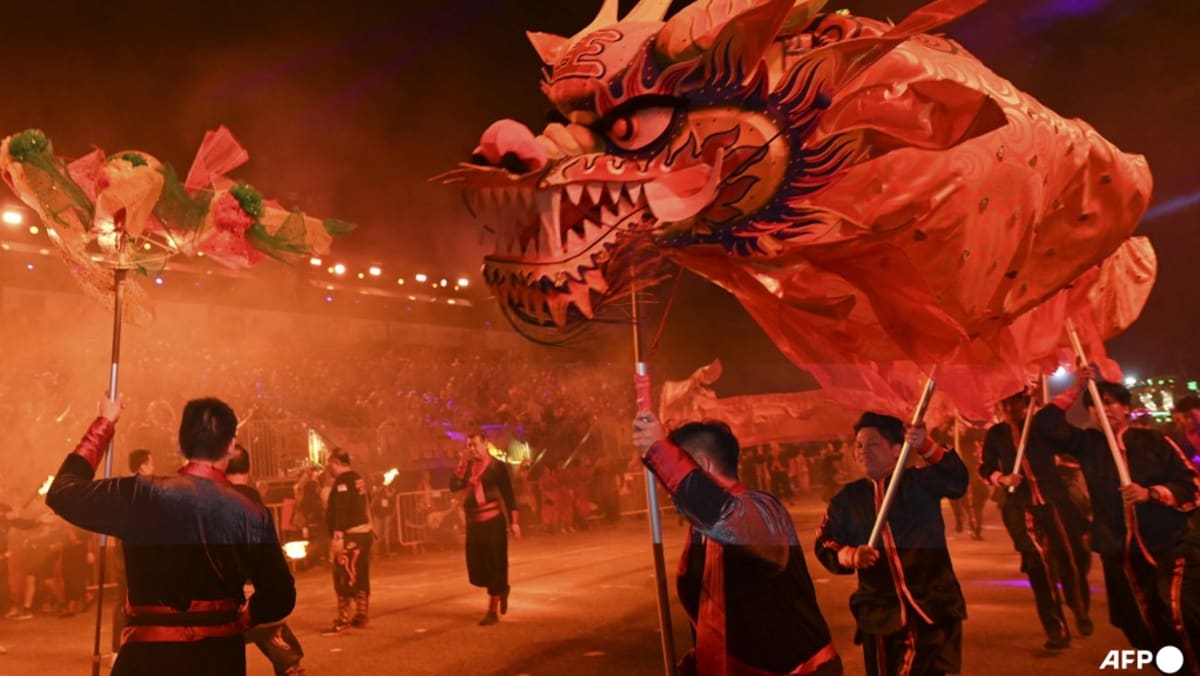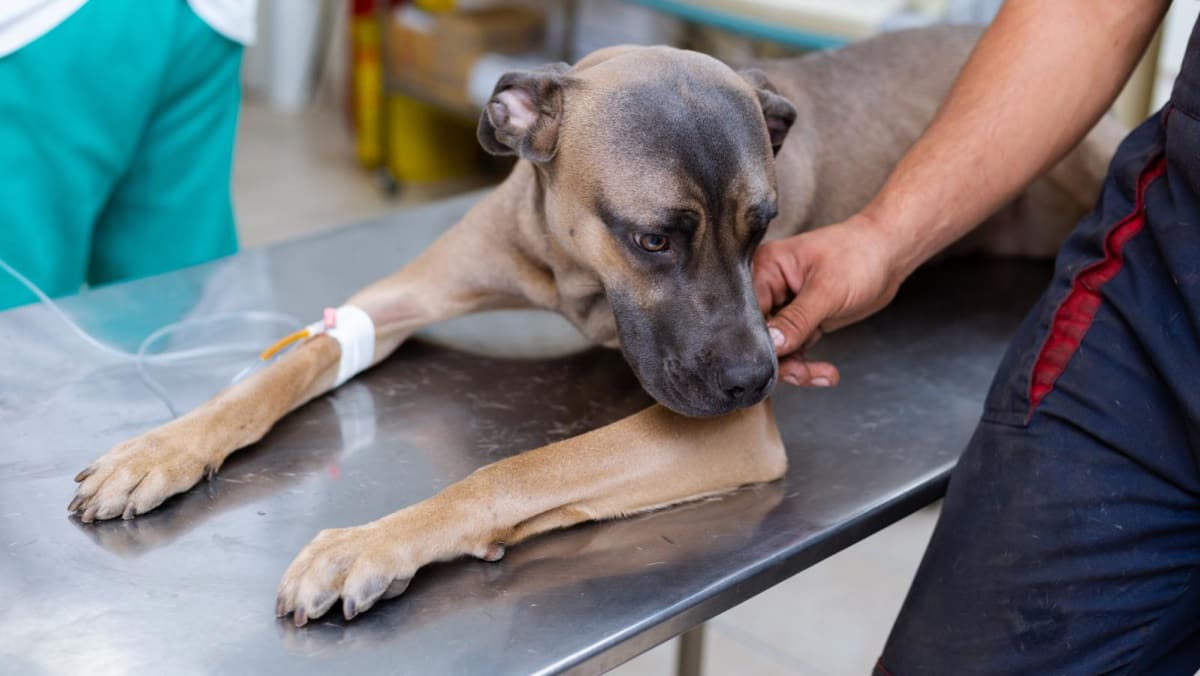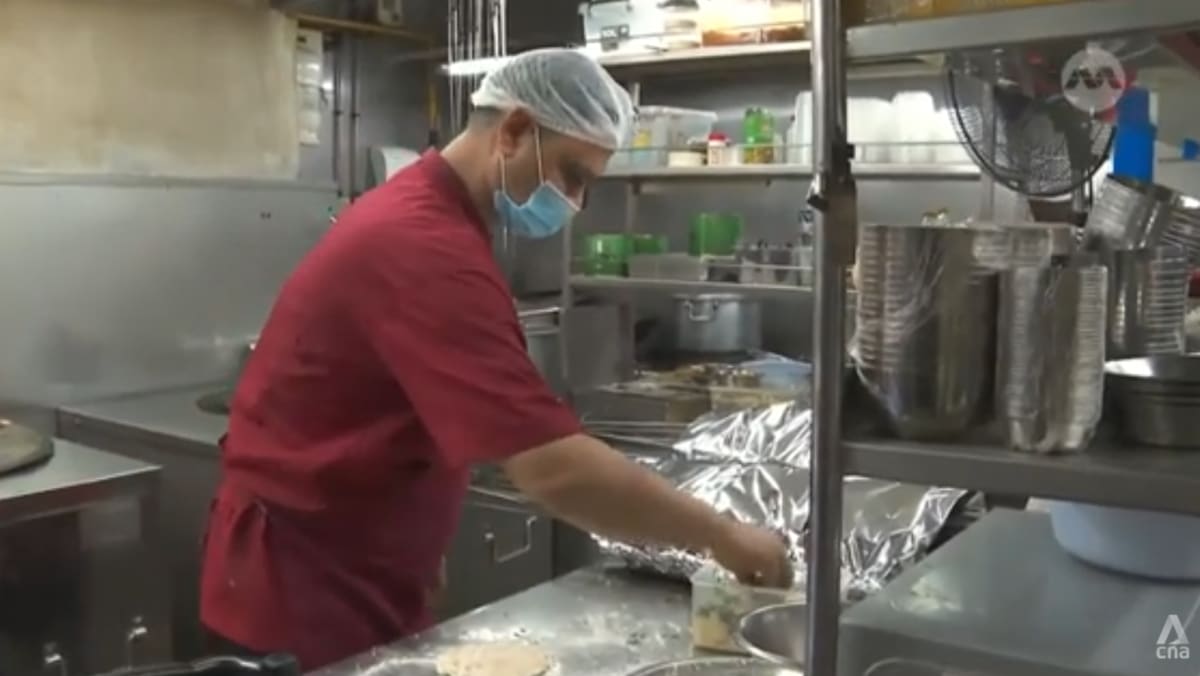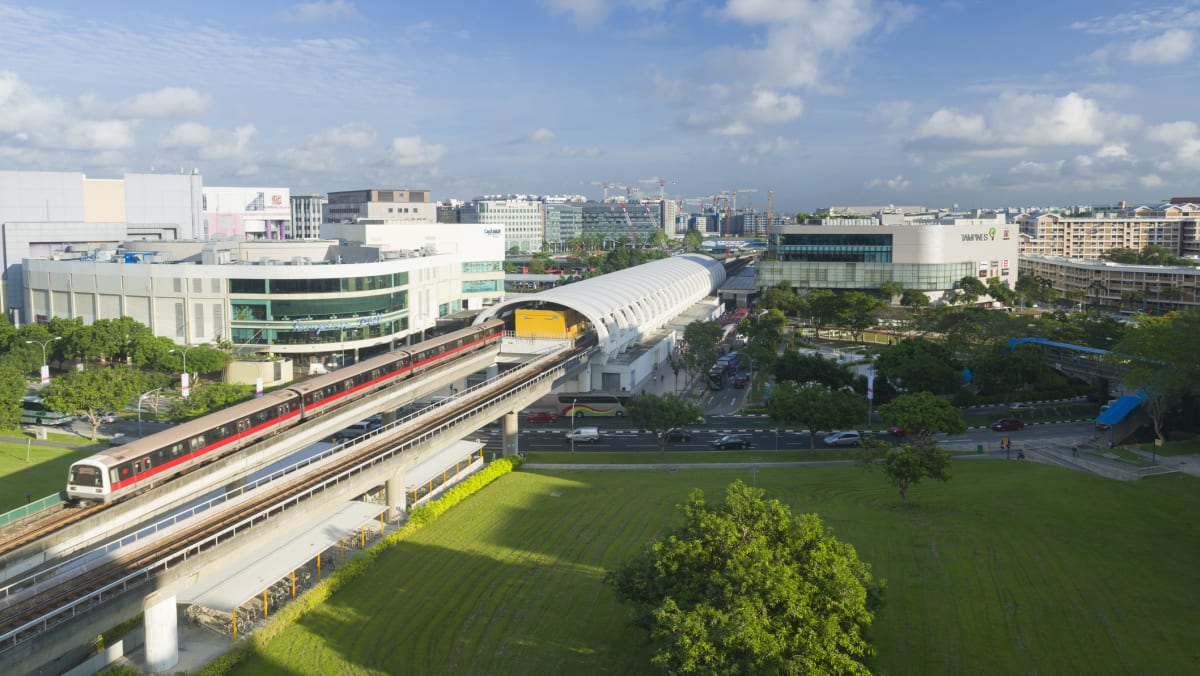HISTORY OF CHINGAY
The word Chingay, derived from the Hokkien dialect, means the art of costume and masquerade, according to the Chingay Parade Singapore website.
In Singapore, Chingay started in 1973 as a street parade to celebrate Chinese New Year. Founding Prime Minister Lee Kuan Yew had suggested staging the parade, with all its colours and gaiety, to compensate for a 1972 ban on firecrackers, a customary Chinese New Year practice to ward off evil spirits.
In Malaysia, the Chingay parade has been organised by the Johor Bahru Tiongshua Association and has been held annually at the Johor Bahru Old Chinese Temple on the 21st day of the first month of Chinese New Year since 1870.
In Penang, the parade is organised as a multicultural and secular performance by the Penang Chingay Association in George Town, involving local and overseas performers and communities.
According to the NHB’s heritage resource portal, Roots.gov.sg, these festivals and processions were believed to have been introduced to Penang and later to Singapore by migrants from southern China in the early 1800s.
Today, Chingay is known for performers dressed in elaborate costumes representing diverse ethnicities, cultures and backgrounds, stunning floats, intricate props and structures, and cultural performances from across the globe.
“Chingay Parade, as practised in Singapore, reflects our multicultural and diverse society. I hope more Singaporeans will support and attend the Parade in the coming year, as 2025 also marks our 60th National Day,” said Singapore Minister for Culture, Community and Youth Edwin Tong.
Ms Chang Hwee Nee, the NHB chief, said the longevity of Chingay was a “testament to its adaptability as a living heritage, and the dedication and resourcefulness of its practitioners to pass down the knowledge and skills to the next generation”.
